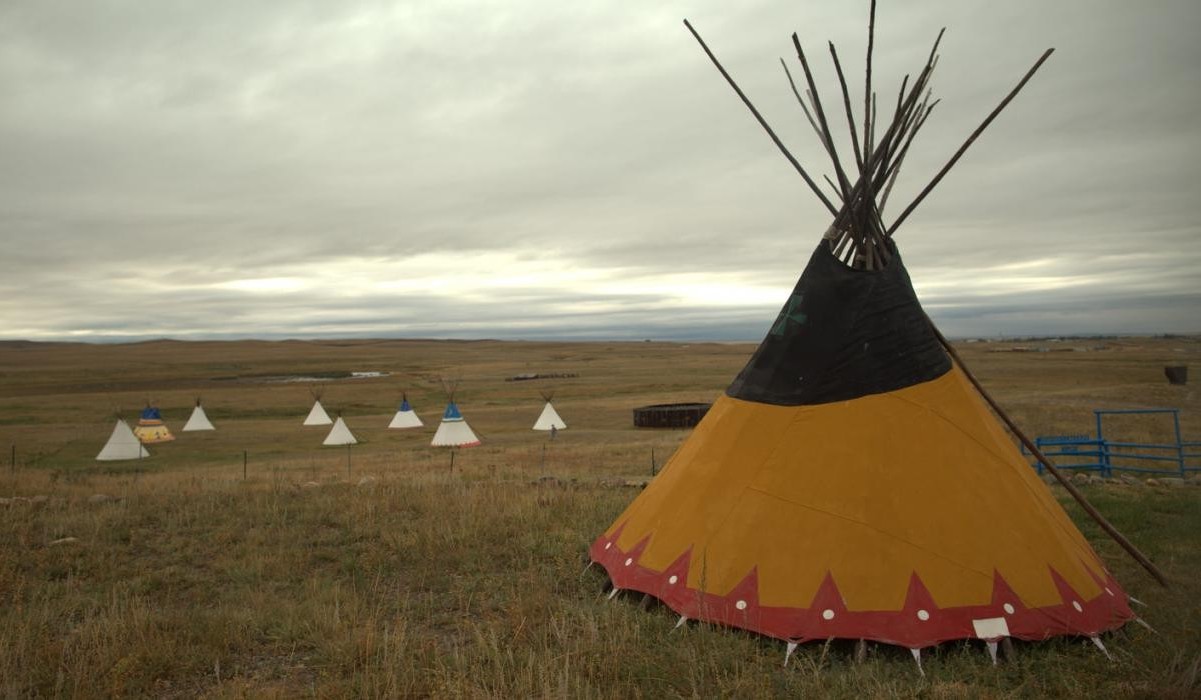Secrets Of Montana’s Ancient Indigenous Trading Routes

Have you ever wondered how ancient people traded goods across vast distances without modern transportation? Montana's ancient indigenous trading routes hold the answer. These paths, carved by Native American tribes, connected communities and facilitated the exchange of goods, ideas, and culture. From the Rocky Mountains to the Great Plains, these routes reveal a rich history of commerce and cooperation. Imagine traveling through rugged landscapes, guided by knowledge passed down through generations. These trails were more than just paths; they were lifelines that sustained entire communities. Join us as we explore the fascinating history of Montana's ancient trade networks.
Montana's Ancient Indigenous Trading Routes
Montana's vast landscapes hold secrets of ancient Indigenous trading routes. These paths, carved by Native American tribes, connected communities and facilitated trade. Let's explore some key locations along these historic routes.
1. The Great Falls Portage
The Great Falls Portage, located along the Missouri River, was a significant stop for Indigenous traders. This area, with its series of waterfalls, required travelers to carry their goods overland for several miles. The portage connected tribes from the Great Plains to those in the Rocky Mountains.
2. The Bitterroot Valley
The Bitterroot Valley, nestled between the Bitterroot and Sapphire Mountains, served as a crucial corridor for trade. Tribes like the Salish and Nez Perce used this valley to exchange goods such as horses, hides, and food. The valley's fertile land also provided a rich hunting ground.
3. The Bozeman Trail
The Bozeman Trail, though more famous for its use during the westward expansion, was originally an Indigenous route. This trail connected the Powder River Basin to the gold fields of Montana. Tribes like the Crow and Shoshone used it to trade buffalo hides and other goods.
4. The Milk River
The Milk River, flowing through northern Montana, was a vital waterway for trade. Tribes like the Blackfeet and Assiniboine traveled along this river, exchanging goods such as furs, tools, and food. The river's fertile banks provided ample resources for sustenance.
5. The Yellowstone River
The Yellowstone River, one of the longest free-flowing rivers in the United States, was a major trade route. Tribes like the Crow and Sioux used this river to transport goods. The river's diverse ecosystems supported a variety of wildlife, making it a rich hunting ground.
6. The Flathead Lake
Flathead Lake, the largest natural freshwater lake west of the Mississippi, was a central hub for trade. The Salish, Kootenai, and Pend d'Oreille tribes gathered here to exchange goods. The lake's abundant fish and game made it an ideal meeting place.
7. The Clark Fork River
The Clark Fork River, winding through western Montana, was another key trade route. Tribes like the Kalispel and Spokane used this river to transport goods. The river's lush surroundings provided ample resources for hunting and gathering.
8. The Rocky Mountain Front
The Rocky Mountain Front, where the plains meet the mountains, was a strategic trade corridor. Tribes like the Blackfeet and Gros Ventre used this area to trade buffalo hides, horses, and other goods. The region's diverse landscapes offered rich hunting grounds.
9. The Missouri Breaks
The Missouri Breaks, a rugged area along the Missouri River, was a challenging but important trade route. Tribes like the Mandan and Hidatsa navigated this area to exchange goods. The Breaks' unique geography provided both obstacles and opportunities for trade.
10. The Lolo Trail
The Lolo Trail, crossing the Bitterroot Mountains, was a crucial link between the plains and the Pacific Northwest. Tribes like the Nez Perce and Salish used this trail to trade goods such as salmon, camas roots, and buffalo hides. The trail's challenging terrain required skill and endurance.
Montana's Trading Routes: A Timeless Journey
Montana's ancient indigenous trading routes offer a glimpse into a rich history. These paths connected tribes, facilitated trade, and fostered cultural exchanges. Exploring these routes reveals the ingenuity and resilience of the indigenous people who navigated them. From the Rocky Mountains to the Great Plains, each trail tells a story of survival, cooperation, and community.
Modern travelers can still follow these historic paths, experiencing the landscapes and landmarks that once bustled with trade and interaction. Visiting these routes not only honors the past but also deepens our understanding of the region's heritage.
Montana's trading routes are more than just paths; they are a testament to the enduring spirit of the indigenous communities. Whether you're a history buff or an outdoor enthusiast, these ancient trails offer a unique and enriching experience.

